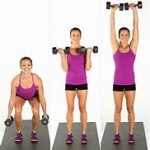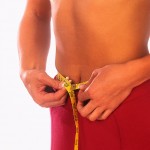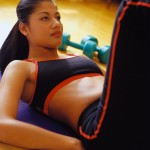Combine moves for function!
Combine traditional strength training exercises to improve function. For example, perform a Squat immediately into a Bicep Curl, following the strength pattern needed to pick something up off the floor and carry. Perform a Squat with Shoulder Press, which mimics the pattern of picking an item up off of the floor and placing on a shelf overhead. Look at the movement patterns you’re required to perform during the day and then train for those patterns in the gym.
*Consult your physician before beginning exercise.
 Subscribe
Subscribe


